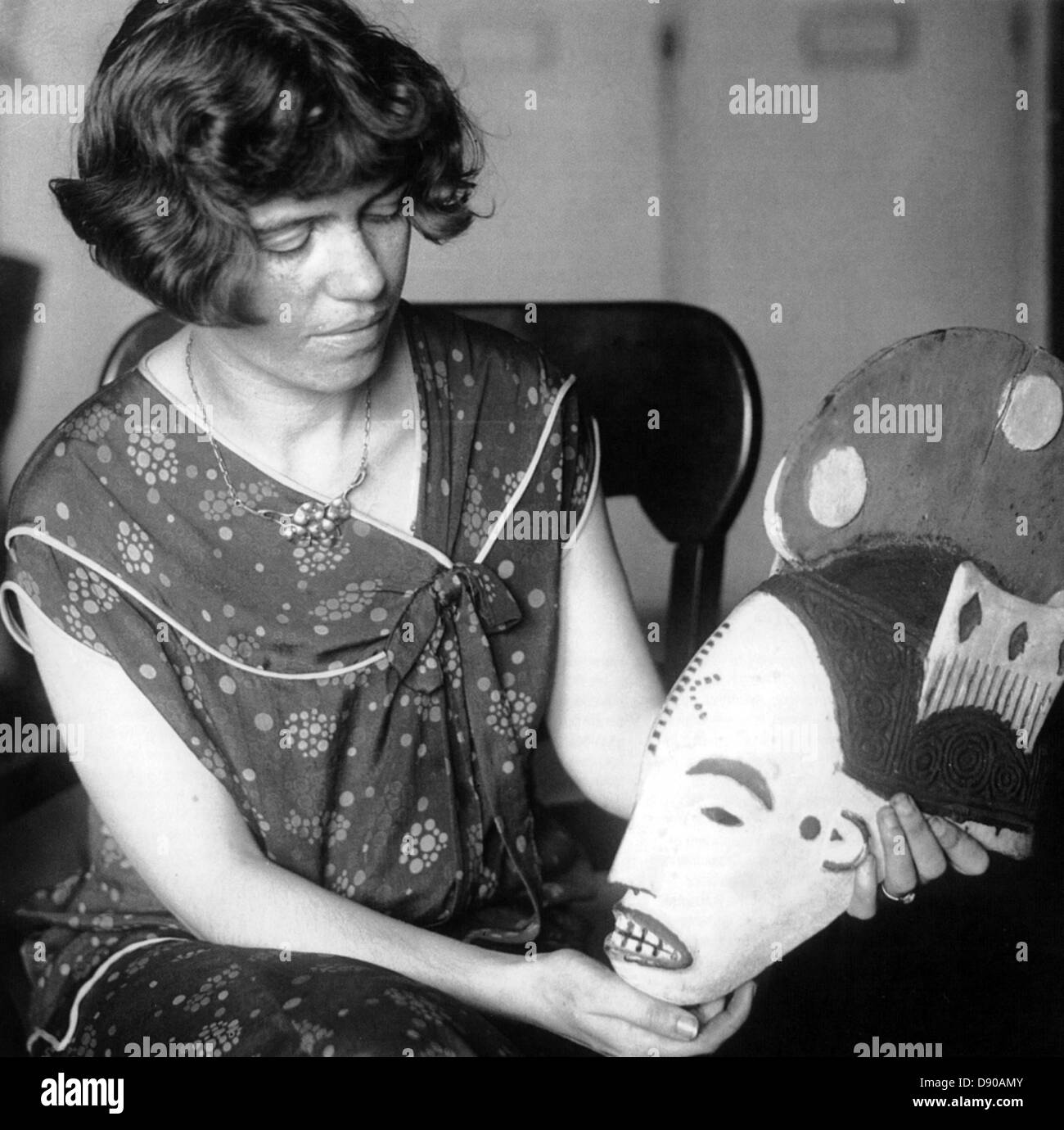

Often viewed as the fourth case, the United States receives sharp criticism from Benedict for its denial of fulfillment to individuals who possess temperaments “uncongenial” with dominant cultural traits. Behind the phrase lies an examination of the consequences of fit, and lack of fit, between person and culture. The triad gave rise to the concept most commonly attached to her anthropology: “culture as personality writ large.” The phrase embodied a theory of coherence and the nature of links between individual and culture that she refined in writings of the next two decades. She added material from the fieldwork of her colleague Reo Fortune on Dobu Islanders and her mentor Franz Boas on the Kwakiutl ( Benedict 1934). A short stint of fieldwork in 1924 in the Southwest Pueblos gave her firsthand ethnographic data for Benedict 1934, although subsequent fieldworkers, including the authors of Li An-Che 1937, Bennett 1946, and Pandey 1972, revised her interpretation. Two years later, a library-based dissertation, “The Concept of the Guardian Spirit in North America” explored the cultural implications of individual religious experience, initiating the culture and personality theory that marked her contribution to American cultural anthropology ( Benedict 1923, cited under Fieldwork). In 1921, Benedict became a student of Franz Boas at Columbia University. She did not live to see the fruits of the project or the criticisms that pointed to the dangers of such inquiries in the service of American imperialism.

In her postwar project, Research on Contemporary Cultures (RCC), Benedict pursued her wartime practice of applying anthropological insights to highly complex societies.
#Ruth benedict anthropology series
A series of reports on nations participating in the global conflict culminated in the influential The Chrysanthemum and the Sword (1946).

The threat of fascism across the Atlantic pushed Benedict to act on her responsibility as an anthropologist first by publishing a condemnation of racism in Race: Science and Politics (first published 1940) and then by joining the government to serve as a scientist-advisor. The stories people tell, she wrote, compose an “autobiography” of their culture. Less well-known is her work as editor of the Journal of American Folklore (1925–1940), and her writings on myths and tales. The anthropologist’s duty was to present the variability that might guide individuals to “direct” change in society in a rational and enlightened way. While her writings analyze the impact of cultural values, customs, and ideologies on the individual, she never portrayed culture as deterministic but claimed that individuals have the capacity to change the conditions under which they live. On that theoretical foundation, throughout the 1930s she wrote critically of a contemporary American culture that suppressed and marginalized individuals whose temperaments did not fit the dominant ethos-one of ambition, competition, individualism, and narrow definitions of gender identity. In comparing societies on this basis, Benedict qualified the “cultural relativism” for which she is often known, and proposed an anthropology that produced critical culture consciousness as the basis for change. She extended her analysis of the integrity and character of a configuration to assess the freedom and opportunity provided to individuals. The concept of configuration figured in the writings she did over the next two decades, including her 1946 study of Japanese culture, The Chrysanthemum and the Sword. Her 1934 book, Patterns of Culture, offers an analysis of cultures in terms of dominant character or, as she writes, a “configuration” based on selection from a wide arc of possible ways of organizing life. Ruth Fulton Benedict, an American anthropologist (1887–1948), is best known for her contribution to the “culture and personality” school of American anthropology.


 0 kommentar(er)
0 kommentar(er)
